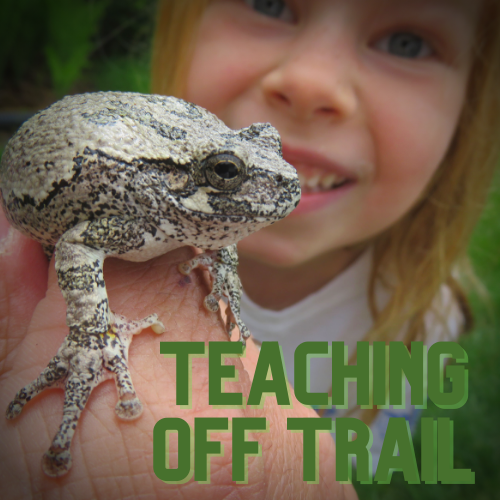Day 189
Watching our land transform is quite rewarding, Seeing new native plants come to life rather than the boring and bland reed canary grass makes the work worthwhile. Knowing that progress should continue is enriching and exciting. However, with the excitement of new plants comes some extra obstacles. Treating and knowing the land, or disturbing it, allows new plants to compete for space. Some of these new plants, though native, are still unwanted.
When land is disturbed, weeds are very happy to take over that space until more deeper rooted plants can become established. In this land, those shallow rooted unwanted plants were also obnoxiously annoying. When you didn’t see them, you felt them. And they didn't feel nice.
Thistles.
Patches of them.
Thick patches.
All over the place.
And if we wanted more desirable plants to have the best plants to survive and thrive, we needed to get rid of them before they seeded and expanded even further.
I got my backpack sprayer, put on my protective equipment, and went to work. While many of the thistles were located along the ditch line and in patches closer to the boundary lines, I walked through the land like I was going up and down the aisles of a grocery store. Rather than picking up snacks and ingredients for dinner, I was spraying the seed head of every single thistle plant I could find. It took time.
Lots.
But while the work was less than exciting, it was fun to see the land on a more personal level. It offered many opportunities to see what the land already has to offer.
Identifying the new native plants.
Watching monarch butterflies find a milkweed plant to lay eggs.
Observing leopard frogs quickly maneuver through the tall grasses.
Seeing garter snakes sneakily slither all around.
I sprayed a number of times over a two week period. Though I saw countless shriveled plants from an earlier spraying outing, I always found more plants in need of obliteration. While it would be impossible to catch every single plant, breaking up the patches and hindering as many plants as possible to spread their seed would help our land continue its recovery and regeneration.
